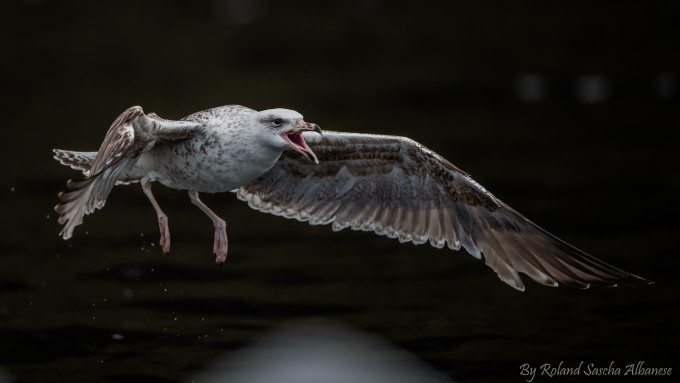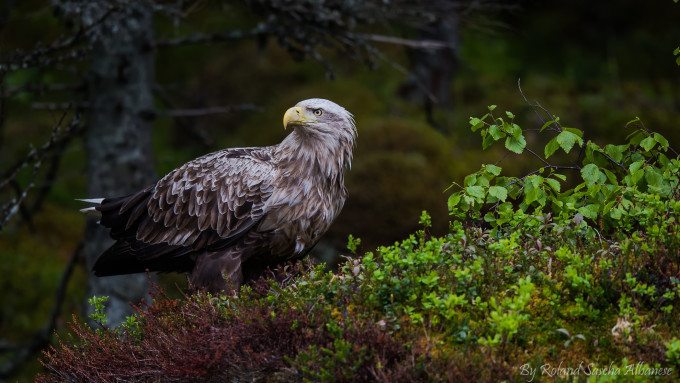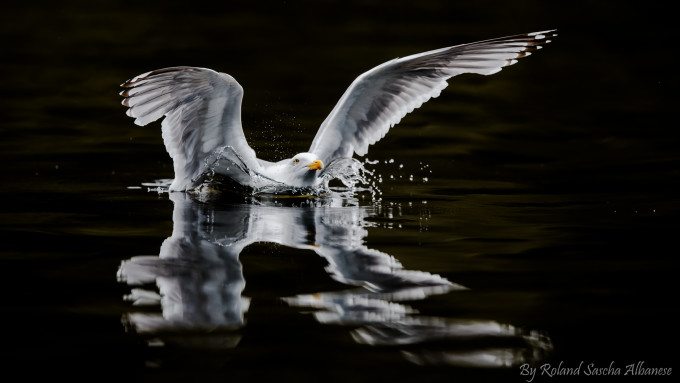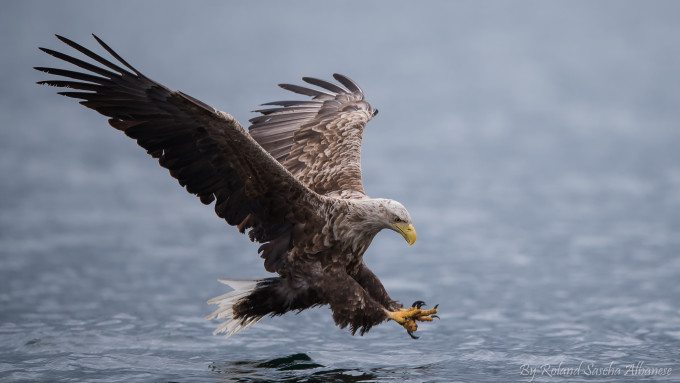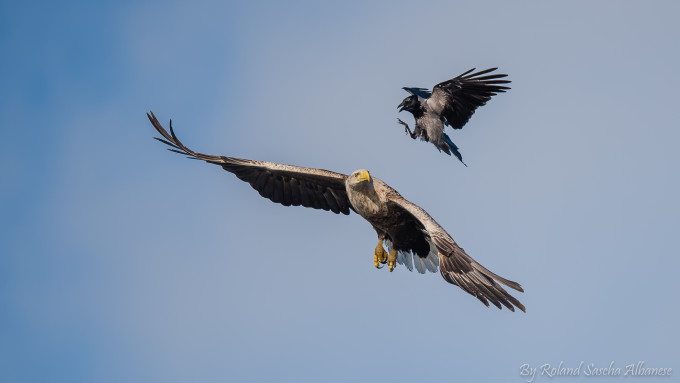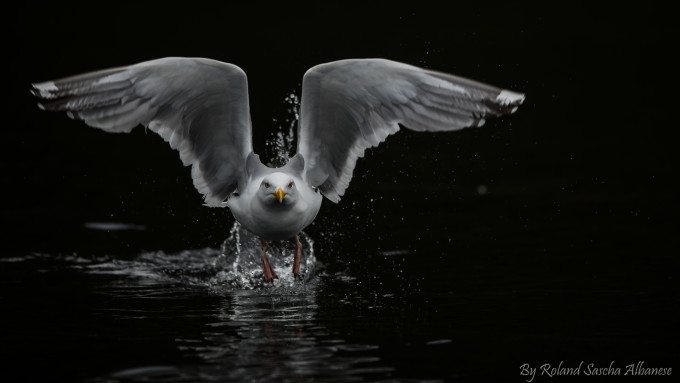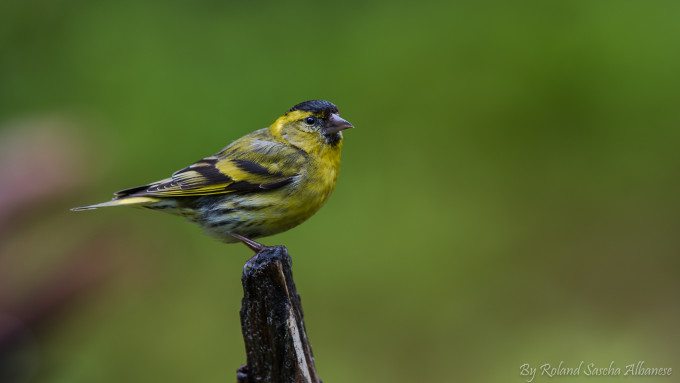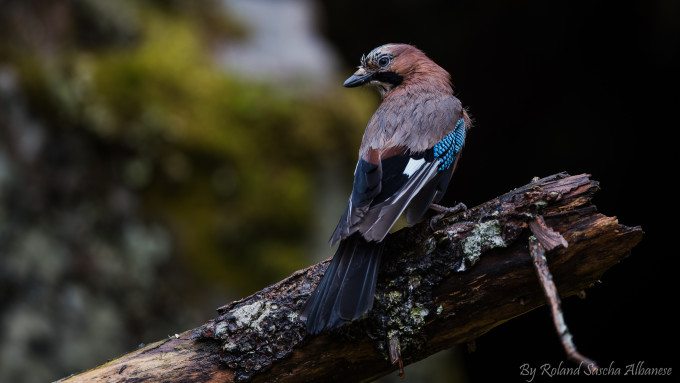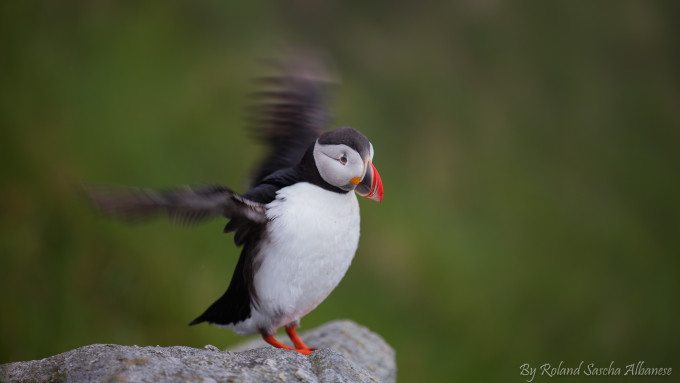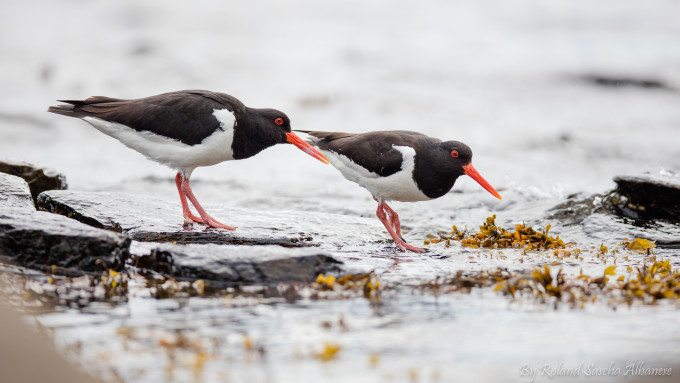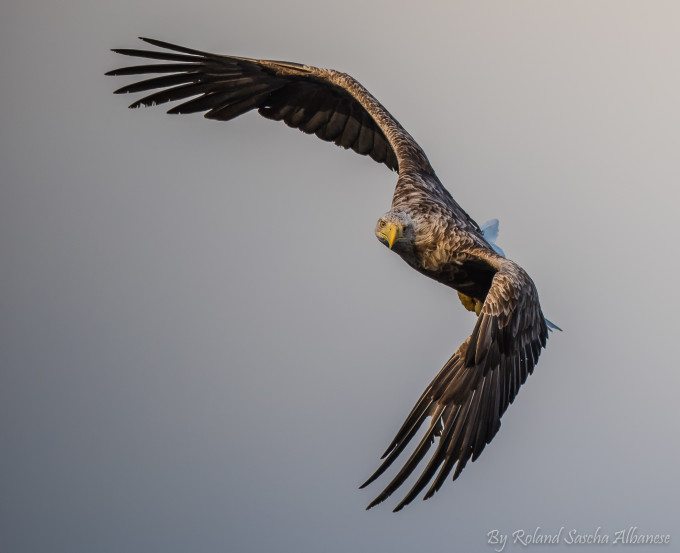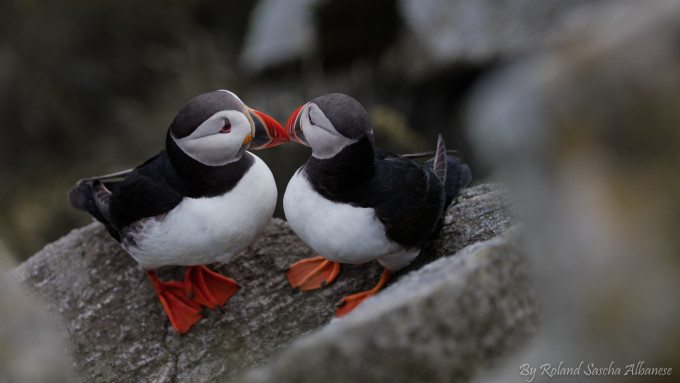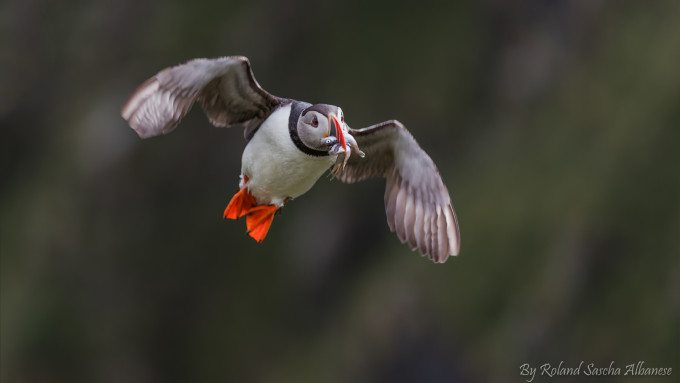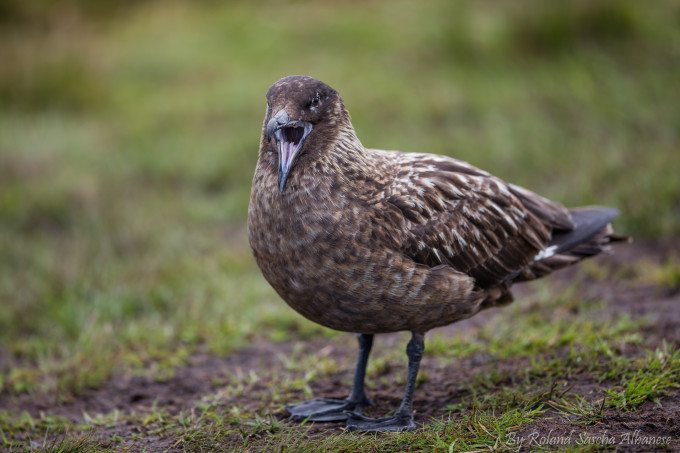All images by Roland Albanese. Used with permission.
Photographer Roland Albanese has has had a long history of loving the great outdoors. Born in 1977, he was a member of the Italian Freestyle National Team for Mogul Skiing. With a love of photography since he was young, an accident confined him to a bed for a while where he learned even more about how to create better photos. When he recovered, he went out there to photograph birds.
Roland has quite the portfolio of great bird photographs, and he talked to us about how difficult it really is to shoot great photos of birds.
Phoblographer: Talk to us about how you got into photography.
Roland: I was interested very early on in life with photography and painting.
In summer of 2014 I broke my left ankle in motorsports and spent three months in bed. I had a lot of time to learn the Theory of photograph. In my family environment I knew many top photographers like Luigi Rotondaro. He helped me to launch a lightning career. In my eyes, he’s the best teacher you can have, and he is an absolute top nature photographer.
Phoblographer: What attracted you to birding and wildlife photography?
Roland: Bird and wildlife is the #1 in Photography for me. Action, peace, tranquility, the fascination and beauty of nature. Wild animals are unpredictable and they’re the biggest challenge to photograph.
Phoblographer: Talk to us about the first photo you shot of a bird that really wow’d you. How did you get it?
Roland: My first wildlife photos I made with Luigi Rotondaro. They were small birds in winter and at minus 25 C (-13 F) in the mountains. I had my Nikon D750 and the new 400mm F2.8. Patiently we waited for the small birds.
As soon as they were there, we braved the cold and started to photograph the birds. When I saw the images on my control screen, I was excited about the sharpness and detail. In the same time, I quickly learned the own units of different species of birds. The “Wildlife photography virus” had caught me.
Phoblographer: What do you think are the toughest problems of photographing birds?
Roland: The biggest difficulty in birds photography (especially when flying) is the speed and unpredictability of birds. The second difficulty is the rapid change of light ratio “sky / land background”. The third difficulty, to be ready at the right moment. And the fourth difficulty, a 400mm or 600mm tele is extremely hard to hold over a long period of time. Sometimes we stayed outside four to six hours in order to get the best shots.
Phoblographer: When are the best times to photograph birds? Lots of photographers say its in the early morning and evening.
Roland: Of course, often the best times are morning and evening. But sometimes, it’s possible to get perfect images at other times during the day. Weather situations or particular animals can change the perfect time of day. In Scandinavia, the whole situation looks different. In the summer you have a lot of hours and in winter very few hours, but there is often a perfect flat light in winter.
Phoblographer: When you’re so busy photographing birds, do you ever get scared that other wildlife may be trying to attack you because you’re so focused? How do you protect yourself against this?
Roland: It is important that you prepare well–think about where and what you’re shooting. This is especially important for predators and large animals. Most accidents happen because the animals feel attacked. To avoid this, you should research the animals you’re photographing. For some animals, it is best to organize a local guide.
When I photographed a sea eagle, a second eagle suddenly came from behind and flew over us at a distance of one meter and with high-speed. An eagle with three meter wingspan at one meter distance is impressive and scary.
The second time we tried to approach a Falcon Gull. Suddenly he screamed at half a meter above our heads. We ran away and he let us be in peace. A healthy distance is always recommended.
Phoblographer: Talk to us about the gear that you use.
Roland: My current equipment:
Canon 5DS R
Canon EF300mm f/2.8L IS II USM
Canon EF400mm f/2.8L IS II USM
Canon EF600mm f/2.8L IS II USM
Canon 70-200mm F2.8 II USM
Canon Telekonverter EF 1.4 X III
Canon Telekonverter EF 2.0 X III
Canon 11-24mm 1:4 L USM
Canon 16-35mm F4
Different Filter
Gitzo Stativ
Phoblographer: What are some of the biggest tips and tricks that you use to photograph birds?
Roland: Your equipment should be mastered perfectly inside and out. You do not have time in nature. Practice a lot, especially the reaction. Often the photographer with the fastest reaction has the best pictures. Have a lot of patience and you plan enough time for your trip.


